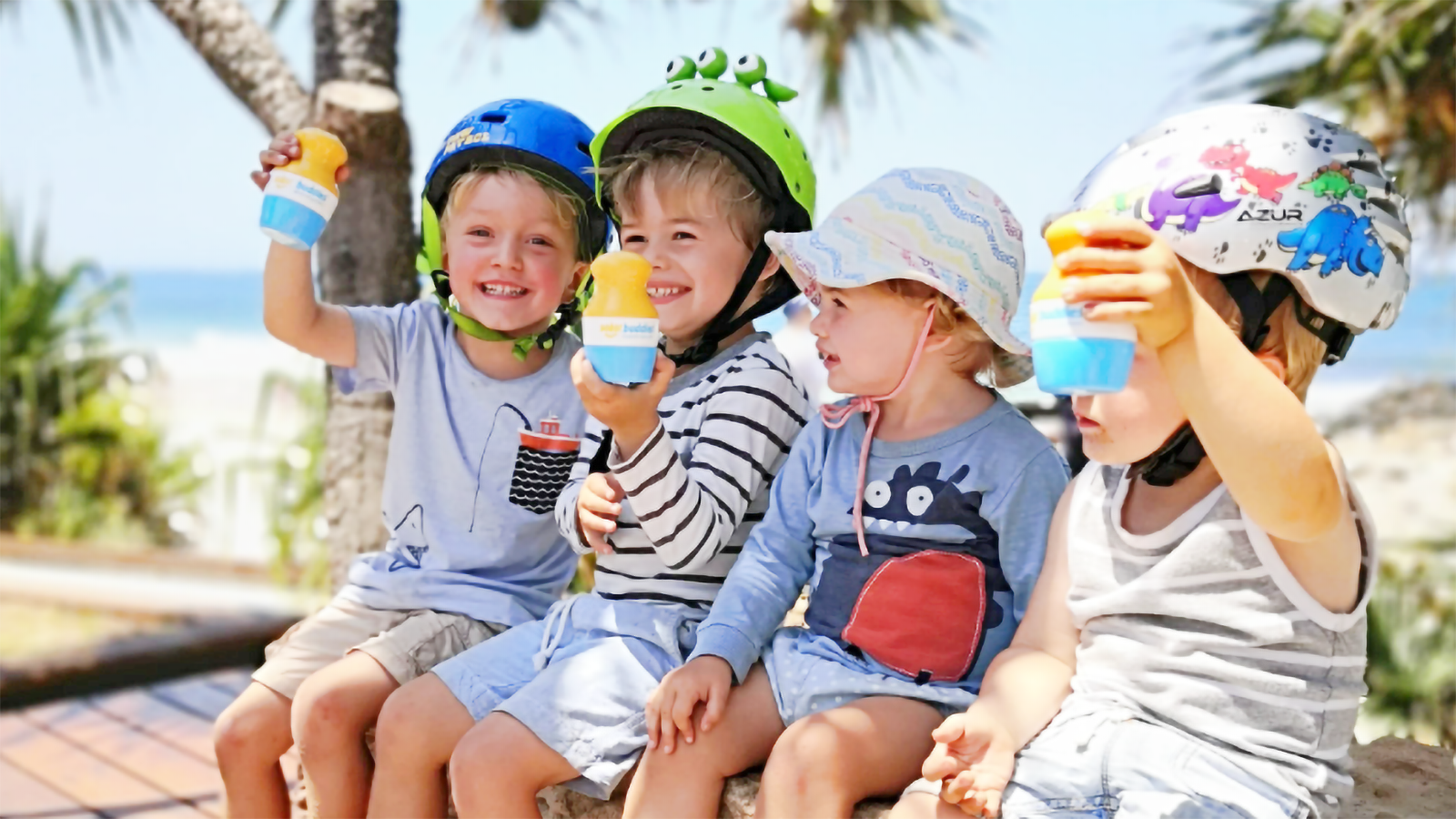Why you still need to wear sunscreen in winter
Do you need to wear sunscreen in winter? While the cooler months mean less time spent in the sun, it doesn’t mean you can say ‘see ya’ to sunscreen. Contrary to popular belief, wearing sunscreen is as important during winter as it is in summer. Here’s why…
Australia has one of the highest rates of skin cancer in the world. According to the Cancer Council, about two in three Aussies will be diagnosed with some form of skin cancer before the age of 70 – even despite the fact that it’s one of the most preventable cancers.
Even scarier for parents is the fact that kids are in school when daily UV radiation levels are at their peak. And if you’ve ever tried to sunscreen up a squirming child, you’ll agree that most kids don’t exactly prioritise sun protection (especially when their parents aren’t around).
Faced with busy schedules and never-ending to do lists, sun protection can fall to the wayside for parents – especially when it’s not actually that hot out. But the question remains: Do you need to wear sunscreen in winter, really?
Experts say you do.
The Cancer Council’s official advice is that SPF30+ sunscreen is needed when the UV index is at 3 or above – regardless of temperature. Data from the Bureau of Meteorology shows that, on average, the UV index in Melbourne rises above 3 between 9am and 3pm every day (so just think of the Aussie cities that are further north, closer to the equator).
What’s more, small doses of UV exposure day-to-day add up. While you may spend no longer than 20 minutes in the sun at any given time, repeated sun exposure – for example, while walking to the shops, driving with the window down, grabbing a coffee with friends or, for our kids, playing on the playground – can still do damage.
Even mild sunburn can increase your risk of developing melanoma. While a sunburn will fade, long term damage remains… especially if you are getting sunburnt regularly.
For parents, this means putting sun protection back on the to do list – even when your child is at school.
Some schools will be part of the National SunSmart School program, which means they’ll teach sun protection to students and work around the peak UV periods when planning their activities. But when the peak UV times (generally 9am to 3pm) align perfectly with school hours, how much sun can students really avoid?
It’s a good idea to help your child take responsibility for their own sun protection at school. But sunscreen can get messy (especially when it’s being applied by little fingers) – that is, until Solar Buddies.
Solar Buddies are the ultimate child-friendly sunscreen applicators. They do the applying and rubbing in for you, meaning no more messy, sticky sunscreen hands.
Simply fill the applicator with your chosen sunscreen brand, then lightly slide the applicator over your skin. The sunscreen will be gently applied and spread in one easy application – it’s so simple even the kids can do it.


